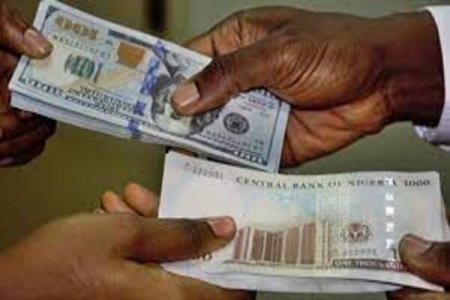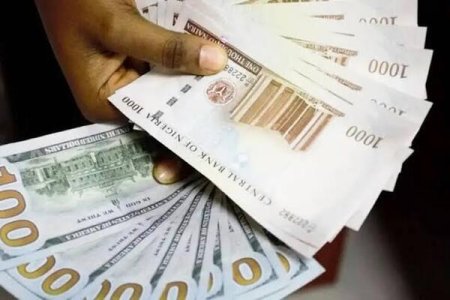
Manufacturers in Nigeria are bracing for a potential surge in commodity prices as the nation's currency, the naira, continues its downward spiral against the United States dollar. Since the removal of the rate cap by the Central Bank of Nigeria in June 2023, the naira has witnessed a significant decline, affecting both official and unofficial foreign exchange markets.
At the Nigerian Autonomous Foreign Exchange Market (NAFEM), the naira hit a record low of N1,348.63 per dollar, while in the parallel market, it plummeted to N1506/$. Despite the Central Bank's efforts, including releasing $500 million to address forex transaction backlogs, the depreciation persists, prompting concerns about economic stability.
Manufacturers fear that sustained high exchange rates above N1,400 will lead to price escalations, affecting consumer purchasing power and business profitability. Francis Meshioye, President of the Manufacturers Association of Nigeria, emphasized the need for adaptive strategies and collaboration within the manufacturing sector to navigate the challenges posed by fluctuating exchange rates.
The depreciating naira has contributed to elevated inflation rates, reaching 28.92% in December, according to the National Bureau of Statistics. Meanwhile, Bureau de Change operators highlight concerns about dollar hoarding and liquidity issues in the FX market, underscoring the complexity of Nigeria's economic landscape amidst the ongoing currency crisis.




![Today's Naira Rate [27-04-2024]: Nigeria's Naira Bounces Back Strong, Hits 1,280 Against Dollar](/data/attachments/203/203376-fac0fa1defd2c5f3b205505ee482c7dc.jpg)